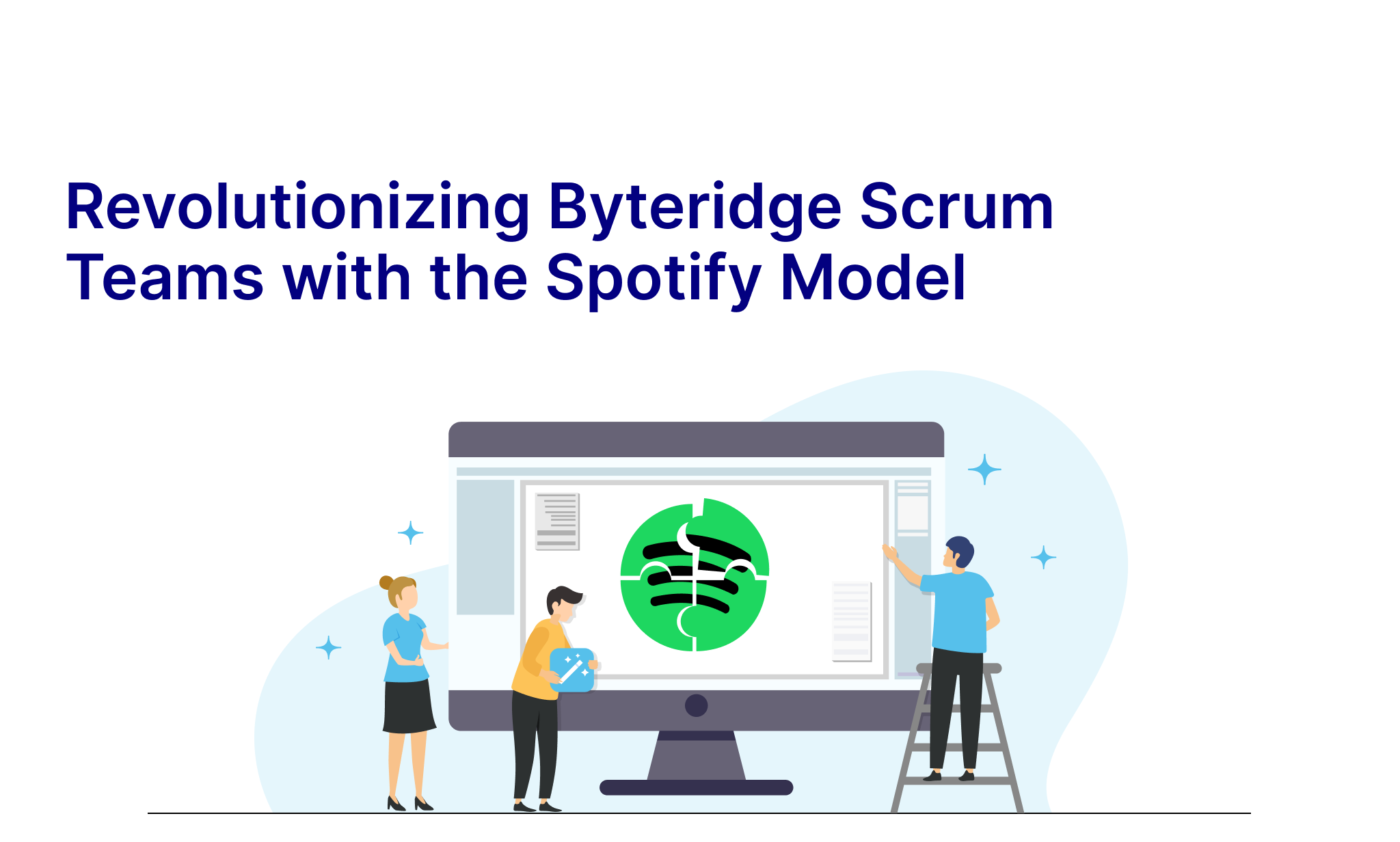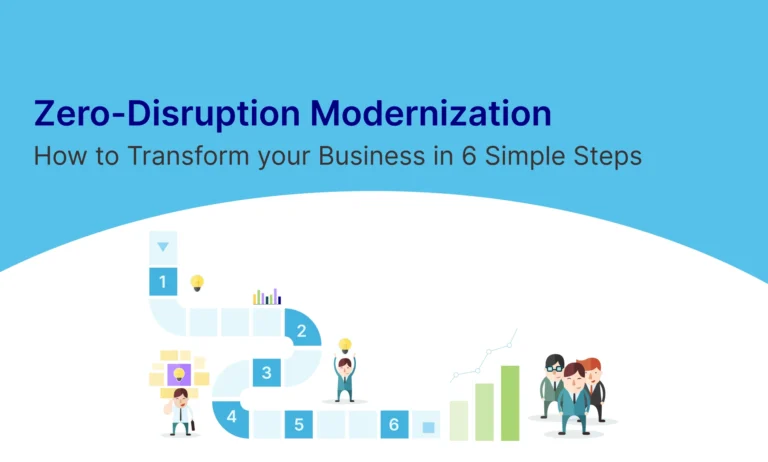Table of Contents
Introduction: Scaling With Agility
In the fast-paced world of software development, delivering high-quality products on time is crucial—but scaling up Scrum teams can bring a new set of challenges. If you’ve worked in a large Scrum team or across multiple teams collaborating on a single product, you know the struggles:
- Communication breakdowns across teams
- Bottlenecks and delays waiting for decisions or approvals
- Losing sight of the big picture as teams become too focused on their own sprint goals
- The tension between staying agile and scaling quickly
These growing pains are all too common when scaling Agile processes, especially with Scrum. While Scrum is great for small, cross-functional teams, it can feel cumbersome as the number of teams grows. So how do you maintain the speed, autonomy, and innovation of smaller teams, while ensuring alignment with broader organizational goals?
Enter the Spotify Model—a framework developed by Spotify to scale Agile practices without sacrificing the very autonomy and innovation that make Scrum so effective. This model enables teams to move quickly, make decisions independently, and stay aligned with organizational goals.
In this blog, we’ll explore how Scrum teams at Byteridge are adopting the Spotify Model to overcome scaling challenges and create a more collaborative, innovative, and high-performing environment. Let’s dive in!
What is the Spotify Model?
The Spotify Model isn’t a one-size-fits-all solution, but rather a flexible framework that helps scale Agile practices while empowering teams. At its core, it creates an environment where teams stay agile, collaborate seamlessly, and drive innovation—without the weight of bureaucracy.
Developed at Spotify to solve scaling challenges, the model emphasizes self-organizing teams, cross-functional collaboration, and decentralized decision-making. The idea is to give teams ownership over their work, allowing them to make decisions quickly without waiting for approval from higher-ups.
With Squads, Tribes, Chapters, and Guilds, the Spotify Model empowers teams to operate like small startups within a larger organization, keeping things agile, aligned, and innovative.
Core Components of the Spotify Model
The Spotify Model revolves around four key components, each designed to solve a specific challenge in scaling Agile practices. These components work together to give teams the autonomy to move quickly while ensuring alignment with the company’s bigger goals. Here’s how each piece fits into the puzzle:
Squads: Empowering Teams to Take Ownership Squads are small, self-organizing, cross-functional teams responsible for delivering specific features or services. They’re like mini-Scrum teams with complete ownership of their work. Squads make decisions independently, experiment with different approaches, and adapt quickly without waiting for approval. This autonomy allows for rapid iteration and innovation.
Example: At Byteridge, a Squad focused on developing a new mobile app feature could adapt its approach based on feedback, experimenting with new solutions without needing approval from other teams.
2. Tribes: Scaling Collaboration and Coordination As the number of Squads grows, so does the need for coordination. Tribes group Squads working on similar product areas or business functions. This structure helps maintain alignment and facilitates knowledge sharing across teams, while still letting Squads work independently. Tribes make sure everyone moves in the same direction.
Example: The “Payment Systems” Tribe at Byteridge could include Squads working on checkout, billing, and fraud detection. They collaborate when needed, ensuring seamless integration while staying focused on their individual goals.
3. Chapters: Maintaining Expertise Across Teams While Squads focus on delivering features, Chapters bring together specialists from various Squads to share knowledge and ensure consistency across the organization. Chapters help maintain high standards and keep teams up-to-date on the latest best practices and technologies.
Example: Byteridge’s Frontend Chapter might include frontend developers from different Squads. Together, they can ensure consistency in coding practices, share insights, and solve technical challenges across teams.
4. Guilds: Fostering Innovation and Continuous Learning Unlike Chapters, Guilds are informal, cross-functional groups organized around shared passions or areas of interest—such as Agile methodologies, UX design, or project management. Guilds promote continuous learning and provide a platform for individuals to connect, share ideas, and innovate beyond their immediate project work.
Example: At Byteridge, a Guild like “Agile Champions” could include Scrum Masters, Product Owners, and even executives who are passionate about refining Agile practices and ensuring they’re applied consistently across all teams.
How These Components Work Together
When Squads, Tribes, Chapters, and Guilds come together, they create a dynamic structure where teams are empowered to deliver high-quality work independently while remaining aligned with the organization’s bigger goals. This balance of autonomy and alignment is the key to scaling Scrum effectively.
Squads provide the freedom to innovate, Tribes ensure collaboration and knowledge sharing, Chapters maintain technical excellence, and Guilds spark continuous learning and growth. Together, these components help organizations remain agile while scaling rapidly.
How Scrum Teams Can Leverage the Spotify Model
mplementing the Spotify Model allows Scrum teams to scale while retaining the agility and innovation that make smaller teams so successful. By embracing the structure of Squads, Tribes, Chapters, and Guilds, teams can boost their autonomy, collaboration, and delivery speed. Here’s how:
Squads: Empowering Independent Teams Squads work like Scrum teams but with greater autonomy. Each Squad takes full ownership of a feature, makes decisions independently, and adapts quickly. This autonomy allows for rapid innovation and faster decision-making.
Example: In a recent Byteridge project, Squads like “Slayers” and “Emeralds” worked independently on separate epics, allowing parallel development and faster execution.
2. Tribes: Scaling Collaboration and Knowledge Sharing As Squads grow, Tribes provide the structure needed for cross-team collaboration. Tribes group Squads working on similar areas, improving communication and alignment across multiple teams.
Example: The “Design Dynamo” Tribe helped ensure consistency in design across Squads working on various product features.
3. Chapters: Sharing Knowledge and Enhancing Expertise Chapters bring specialists from different Squads together to share knowledge and best practices. This ensures consistent quality across teams and promotes continuous learning.
Example: The Generals Chapter at Byteridge united technical leads from different Squads, improving knowledge sharing and maintaining high-quality work.
4. Guilds: Promoting Innovation and Continuous Learning Guilds encourage cross-functional collaboration and innovation around shared interests. These groups provide a space for learning and evolving Agile practices or exploring new ideas.
Example: Byteridge’s Mind Readers Guild brought together key roles like Scrum Masters and Project Managers to share knowledge and improve project execution across the board.
Conclusion: Enhancing Scrum with the Spotify Model
The Spotify Model provides Scrum teams with the flexibility they need to scale while ensuring alignment with the company’s larger goals. By leveraging Squads, Tribes, Chapters, and Guilds, teams can:
- Maintain autonomy while staying coordinated
- Foster collaboration and knowledge sharing across teams
- Accelerate innovation and delivery speed
- Build a culture of trust, accountability, and adaptability
Is your Scrum team ready to implement the Spotify Model? How do you think it will impact your team dynamics and delivery speed?








